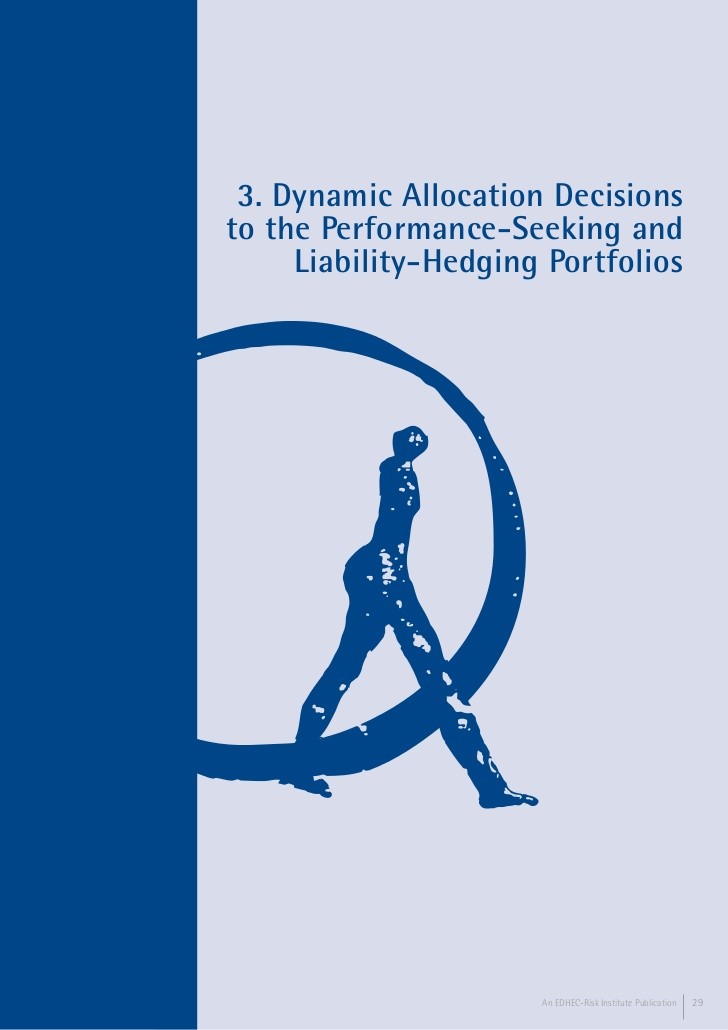EDHECRisk Quantitative selection of longshort hedge funds
Post on: 17 Июль, 2015 No Comment

Quantitative selection of long-short hedge funds
Authors: K. Chen and A. Passow
Source: International Center for Financial Asset Management and Engineering
Date: July 2003
Chen and Passow propose a multi-factor model to select hedged equity funds (long-short equity, dedicated short bias and equity market neutral). It mainly consists of eliminating the funds that exhibit large exposure to one or more risk factors. The aim is to obtain higher risk-adjusted return than the whole long-short hedge fund universe.
The authors bring together skilled managers and non-skilled managers. Skilled managers are those who selects stocks on the basis of internal information, while the others select stocks on the basis of public information (underlying benchmark, size of the company, book-to-market-ratio or changes in commodity prices). In other words, skilled manager funds are intended to have no or weak exposure to the factors used by non-skilled managers.
The study covers the period from January 1990 to September 2002. A sample of 76 hedge funds is constituted. It contains only long-short equity, dedicated short bias and equity market neutral funds, following only one strategy, active only within U.S. stocks, and displaying at least 12 months of track record.
The explanatory power of several models (for example the CAPM, the Fama-French factor model or the three-moment CAPM) is estimated. The selected model is a GSCI model, defined as follows:
where GSCI refers to the Goldman Sachs Commodity Index and SMB and HML are Fama-French factors. This model has an adjusted R-squared of 41.7%.

The authors select funds by using the GSCI model. The selected funds are those which maintain a moderate exposure to the factors. This represents 12 funds. These selected funds display the best levels of risk-adjusted performance over the whole period, with a Sharpe ratio of 1.29, versus 0.66 for the whole set of hedge funds. Through cross-sectional regressions (for this purpose, the track record is split into two sub-periods of equal length), the performance persistence is examined. According to the authors, the selected funds exhibit better performance persistence. In terms of alpha generation, the selected funds display significant alpha, which is not the case for the excluded funds. Following this point of view, it permits the funds that Chen and Passow refer to as lemons to be eschewed.
An out-of-sample analysis is conducted. It is applied in two market environments, a bearish market environment and a bullish market environment. The bearish market environment covers the period from January to September 2002. By filtering through the GSCI model with the additional restriction of a fund having at least six months of data in 2002, 58 funds are obtained. The selected funds exhibit a Sharpe ratio that is not significantly different from zero, while the whole set of long-short hedge funds in the US market exhibits a significantly negative Sharpe ratio. More accurately, by considering the fund with the highest exposure to the factors, named the Lemon fund, and the fund with the lowest exposure to the factors, named the Orange fund, the Lemon fund exhibits a Sharpe ratio of 1.42, versus 0.14 for the Orange fund. It seems that the selected funds allow capital to be preserved in a bearish environment. The bullish period studied covers January 1999 to March 2000. The sole result mentioned in the paper is a 10% annualized return for the selected funds.
Finally, a simulation of hedge fund returns is conducted from January 1927 to September 2002. It is carried out on the basis of the coefficients of the risk factors from January 1990 to December 2001. Whereas the funds selected through the GSCI model yield the lowest return over the whole period, these funds exhibit the most significant Sharpe ratio. A stress test conducted to take the LTCM crises into account (period from July to August 1998) shows that the GSCI selected funds exhibit an annualized return of 4.86%, versus 2.87% for the whole universe of long/short hedge funds.
Related links














